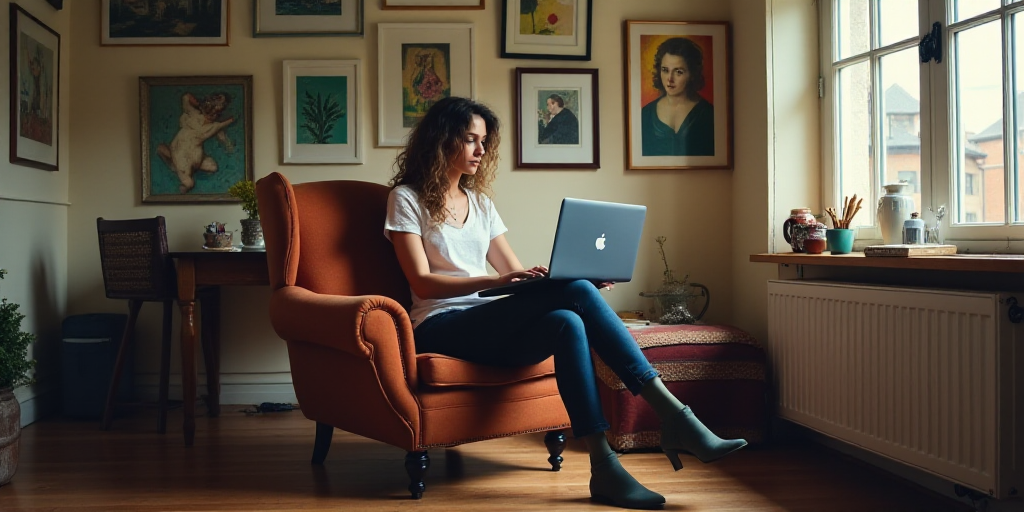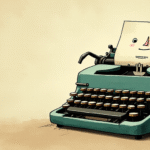Introduction to AI-Driven Painting Robots
A robotic arm takes a brush, dips it into a paint pot, and begins to draw on a canvas. With remarkable precision, the autonomous machine reproduces an artwork by Canadian artist Audrey-Eve Goulet, who is impressed by the capabilities of artificial intelligence.
“It’s quite amazing to see the robot in person,” comments Goulet in Montreal. “It handles the brush, washes it, and changes colors with such ease!”
The Vision of Acrylic Robotics Founder, Chloë Ryan
What captivated Chloë Ryan, founder of Acrylic Robotics, was the idea of developing machines capable of reproducing artworks to allow original authors to display and sell more reproductions without having to create them personally.
“I just wanted to build a robot that would help me recreate my own paintings,” explains Ryan.
As a teenager, she earned two dollars per hour painting commissioned works for her relatives. After studying engineering, she founded Acrylic Robotics in 2021. Her team spent three years creating paintings replicated by robots, which they named “aurógrafos,” ensuring high quality for exhibition and sale.
“The goal is to capture the aura of an artwork through the timeline of brushstrokes and in three dimensions, something a simple photographic print can never replicate,” she explains.
Consent, Merit, and Compensation
“I like seeing the brushstrokes. In this pink area, you can clearly see where the brush has passed and the shape it has drawn. It truly looks like one of my pieces,” Goulet remarks while observing a robot-created “aurógrafo” based on one of her artworks.
Participating artists recreate their paintings on a digital tablet, which records color choices, brush pressure, stroke speed, and other data that the robot uses to create the copy.
Acrylic Robotics is also working on more advanced AI models so their robots can directly recreate images.
Within a year, Ryan hopes to develop a “self-service platform where any artist worldwide can upload their style.” This way, customers could request a painting of their dog in the style of their favorite artist, who would receive a commission.
This concept is similar to AI-driven image creation tools, but in this case, artists have given consent for their style to be used, they are attributed the merit of the work, and receive economic compensation.
Pricing and Artist Benefits
“Initially, people see a robot painting and say, ‘Oh my goodness, this is the worst thing I’ve ever seen,’ admits Ryan. “But when I propose to artists that they include some of their works in exchange for a monthly sum, many are delighted.”
Most artists struggle to make a living from their art due to the challenges of entering the gallery circuit.
“I create public art and collaborations, like with Acrylic, to reach more people at more affordable prices,” says Goulet.
“Aurógrafos” are sold for an average of between $200 and $1,000, with artists receiving between 5% and 50% of the sale, depending on their fame and involvement in the project.
“We have a 500-artist waitlist,” notes Ryan.






